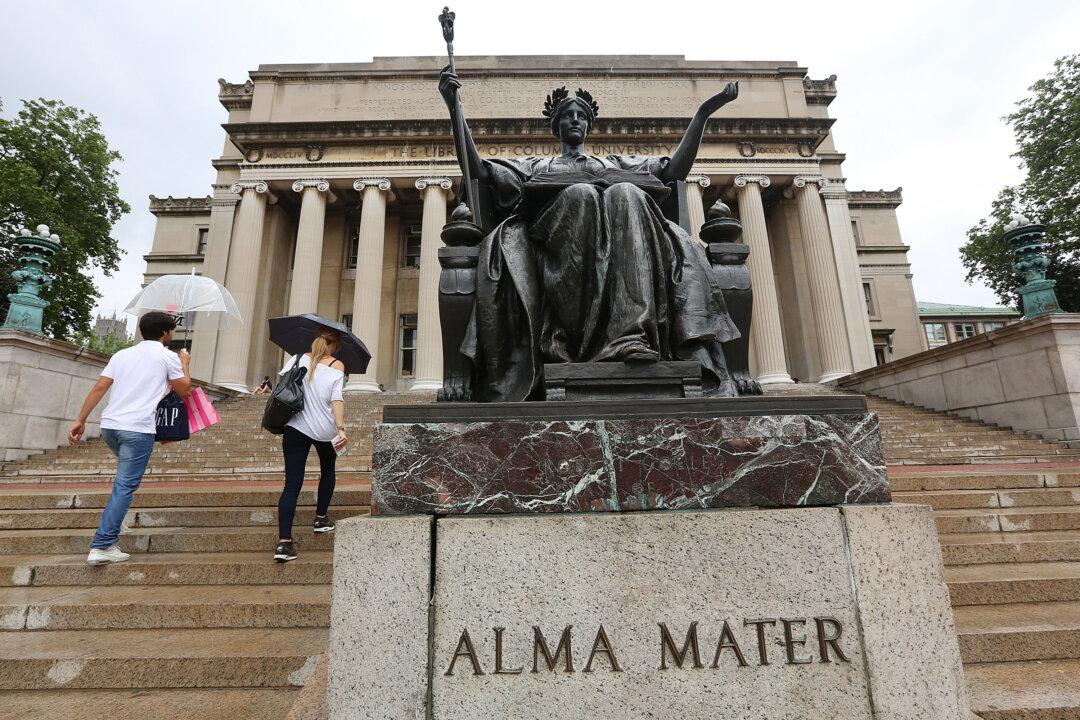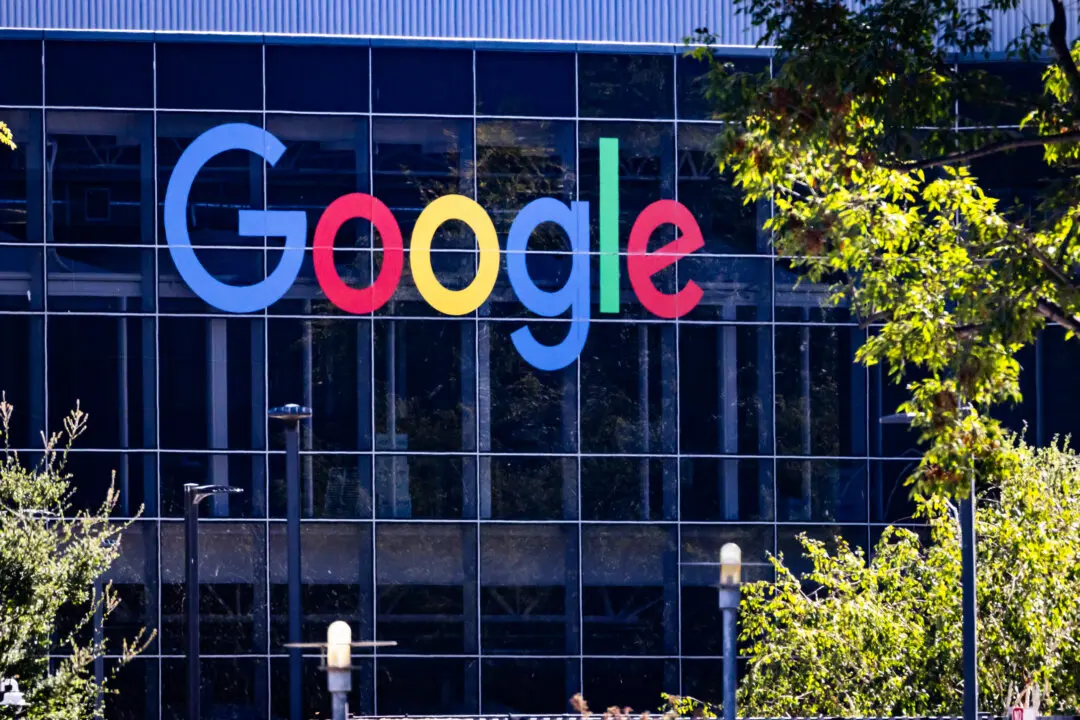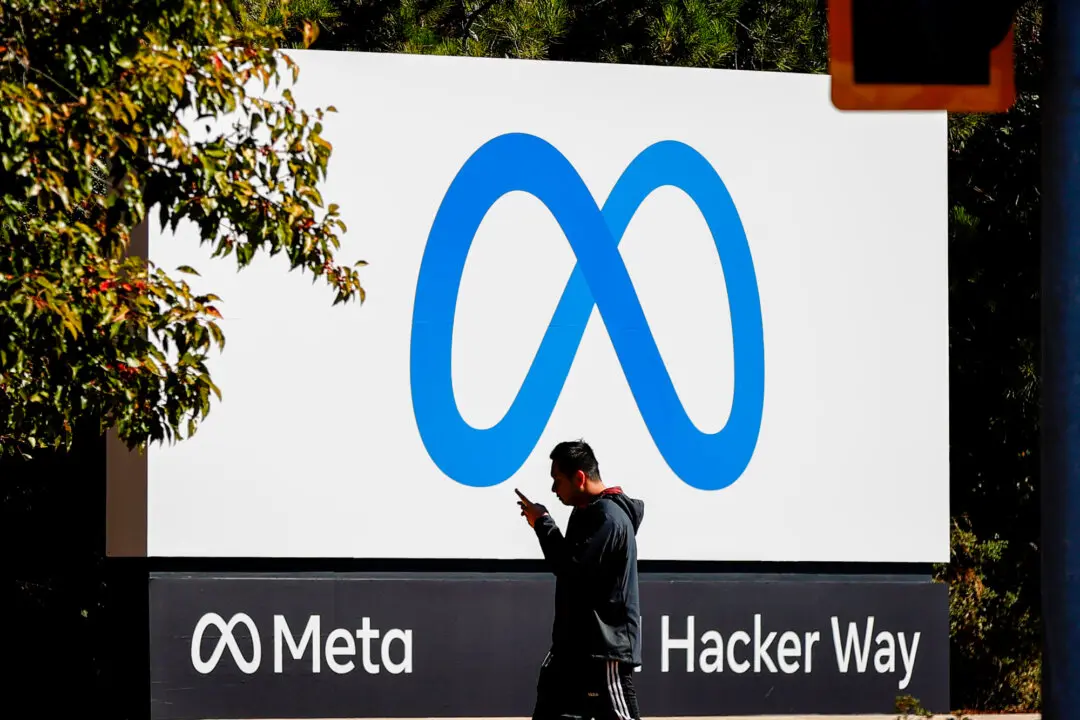Roughly 40 million borrowers of federal student loans will soon need to start paying their bills again under a deal reached by President Joe Biden and House Speaker Kevin McCarthy (R-Calif.) to bring temporary relief to the recurring debt ceiling crisis.
The 99-page legislative package (pdf), which McCarthy expects to bring to a vote in the Republican-led House on May 31 before heading to Democrat-majority Senate, would allow the federal government to borrow more money to operate while also avoiding a default on its old debts.





